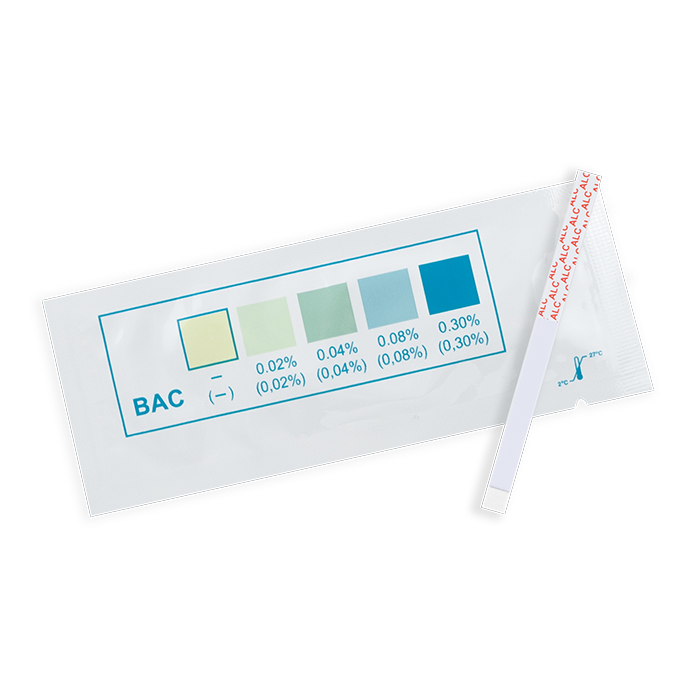
Drinking alcohol is a common social practice in many places around the world. Although alcohol may be relatively innocuous when consumed in moderation, but it is an addictive drug that may lead to negative health outcomes. The following Rapid ResponseTM brand products are available for alcohol detection.
Categories


 Canada
Canada